Rising Demand for Automation
The hvac software market is experiencing a notable surge in demand for automation solutions. As businesses and homeowners increasingly seek to optimize energy consumption and reduce operational costs, automation technologies are becoming essential. This trend is particularly evident in the commercial sector, where automated systems can lead to energy savings of up to 30%. The integration of automation in hvac systems not only enhances efficiency but also improves user experience by allowing remote monitoring and control. Consequently, the hvac software market is likely to expand as more companies invest in automated solutions to meet consumer expectations and regulatory requirements.
Regulatory Compliance and Standards
The hvac software market is significantly influenced by evolving regulatory frameworks aimed at enhancing energy efficiency and reducing emissions. In the US, various federal and state regulations mandate compliance with specific energy standards, compelling hvac companies to adopt advanced software solutions. These regulations often require real-time monitoring and reporting capabilities, which hvac software can provide. As a result, the market is projected to grow as companies seek software that ensures compliance while optimizing system performance. The increasing complexity of regulations may drive demand for specialized software that simplifies compliance processes.
Growth of Smart Building Initiatives
The hvac software market is benefiting from the rapid growth of smart building initiatives across the US. As urbanization continues to rise, there is a growing emphasis on creating intelligent infrastructures that enhance energy efficiency and occupant comfort. Smart buildings utilize advanced hvac software to integrate various systems, allowing for real-time data analysis and improved decision-making. This trend is expected to propel the hvac software market, as more building owners and managers recognize the value of investing in smart technologies. The potential for energy savings and improved operational efficiency makes this market segment particularly attractive.
Increased Focus on Indoor Air Quality
The HVAC software market is increasingly driven by a heightened focus on indoor air quality (IAQ). As awareness of health and environmental issues grows, consumers and businesses are prioritizing systems that ensure clean and safe air. Advanced hvac software solutions enable real-time monitoring of air quality parameters, allowing for timely adjustments to maintain optimal conditions. This trend is particularly relevant in commercial spaces, where poor IAQ can lead to decreased productivity and health concerns. Consequently, the hvac software market is likely to expand as stakeholders seek solutions that enhance IAQ while maintaining energy efficiency.
Technological Advancements in Data Analytics
The hvac software market is poised for growth due to technological advancements in data analytics. The ability to collect and analyze vast amounts of data from hvac systems allows for predictive maintenance, energy optimization, and enhanced performance monitoring. Companies are increasingly leveraging data analytics to make informed decisions, reduce downtime, and improve system reliability. This trend is particularly relevant in the context of the growing Internet of Things (IoT), where connected devices generate valuable data. As businesses recognize the benefits of data-driven insights, the hvac software market is expected to expand, driven by the demand for sophisticated analytics capabilities.


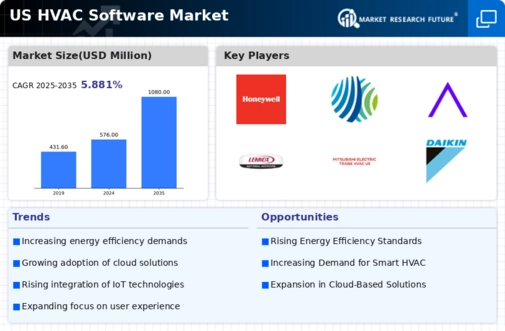
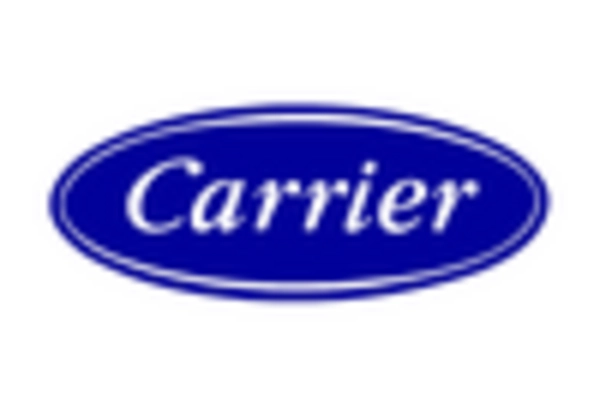
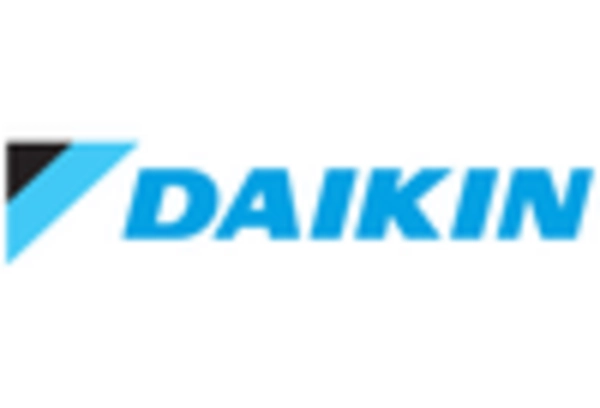

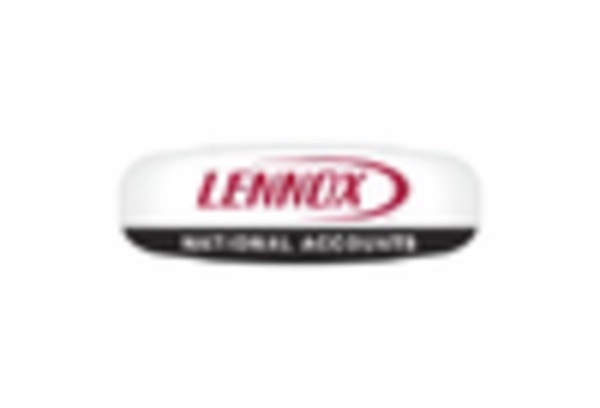
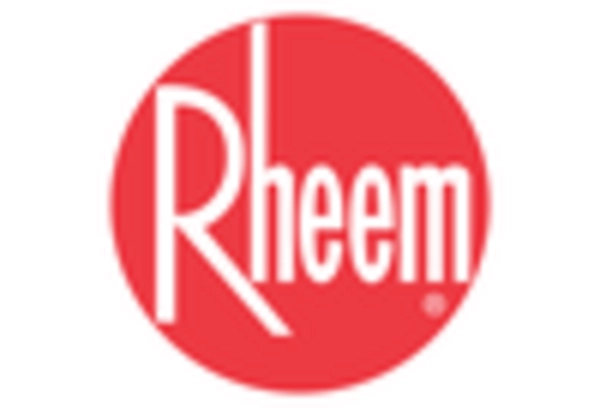









Leave a Comment